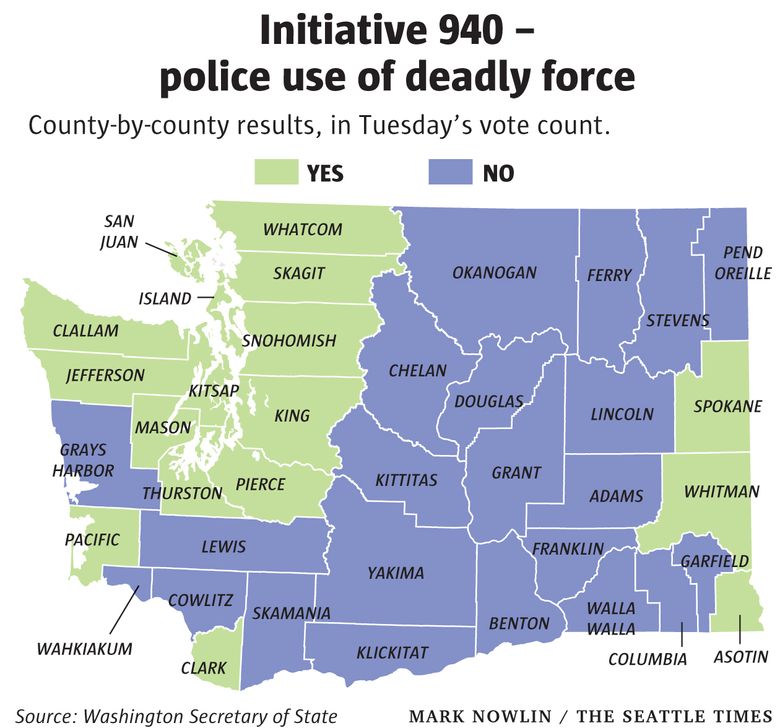
In State v. Davis, the WA Court of Appeals held that a defendant’s Sixth Amendment right to question witnesses at trial was violated when the defendant was removed for being disruptive.
FACTUAL BACKGROUND
On January 23, 2014, a King County Sheriff’s deputy arrested Davis for possession of a stolen Hyundai vehicle.
Two and a half weeks later, on February 11,2014, a Federal Way Police Department officer observed a Buick parked near a park-and-ride and saw Davis standing outside the car, making furtive movements. As Davis got into the car to drive away, the officer recorded the license plate. The owner had reported the vehicle as stolen. the officer then initiated a traffic stop and arrested Davis for possession of a stolen vehicle — the Buick. A search of Davis recovered crack cocaine in his shirt pocket.
On May 19, 2014, the State charged Davis with two counts of possession of a stolen vehicle, and one count of possession of a controlled substance.
Davis motioned for standby counsel – an attorney who is appointed to assist a client who has invoked his/her right to self-representation – at numerous times throughout his pretrial proceedings. His requests were denied each time. The court stated Davis must choose between having counsel and representing himself. Davis chose to proceed without a lawyer. The case proceeded to trial.
During trial, the The State Prosecutor attempted to continue its examination of a police officer, but Davis repeatedly interrupted to make comments about the water. The trial court temporarily retired the jury. A heated discussion took place to include the following:
THE COURT: Screaming at the top of his lungs, the jury–
THE DEFENDANT: And I’m going to continue to scream. Where’s my fucking water?
(Defendant screaming simultaneously with court)
THE COURT: I need to proceed with the trial, and I am finding that he is voluntarily absenting himself from the rest of these proceedings under State v. Garza, G-A-R-Z-A, and the record should reflect that he continues to speak on top of his lungs, swearing, accusing me of all kinds of things.
THE DEFENDANT: You’re being an asshole, and I can be one, too.
THE COURT: You’re now removed from the court.
THE DEFENDANT: Good. And fuck you very much, asshole. Fuck this kangaroo court shit.
At this point, it was after three o’clock in the afternoon. In Davis’s absence, the State continued questioning a police officer who testified as to finding crack cocaine in Davis’s pocket. The State then examined the police officer who had identified the stolen Buick, initiated the traffic stop, and arrested Davis.
The court did not give Davis an opportunity to cross-examine either officer.
COURT’S ANALYSIS & CONCLUSIONS
The Court of Appeals ruled that although (1) Davis did not have a right to standby counsel, and (2) the court properly removed him, it nevertheless violated his Sixth Amendment right to representation by allowing the State to examine two of its witnesses in his absence and not affording him an opportunity to cross examine the witnesses.
The court reasoned that Davis went unrepresented during the testimony of police officers and was not given the opportunity to cross-examine them.
“He did not knowingly and voluntarily waive his right to representation and agree to have an empty defense table while the State questioned two critical witnesses.”
“This remains the case despite his decision to represent himself,” reasoned the Court of Appeals. “As reflected above, cases from other jurisdictions support this conclusion. We are unaware of authority supporting a contrary result.” Accordingly, the Court of Appeals concluded that leaving Davis without representation at trial violated his Sixth Amendment right to representation and remanded for a new trial.
Please contact my office if you, a friend or family member are charged with a crime. Hiring an effective and competent defense attorney is the first and best step toward justice.














